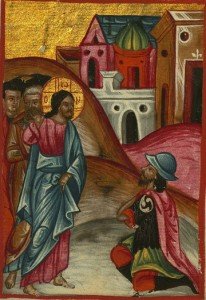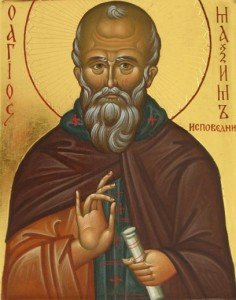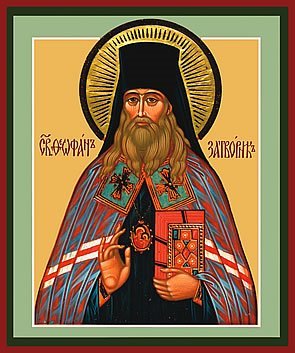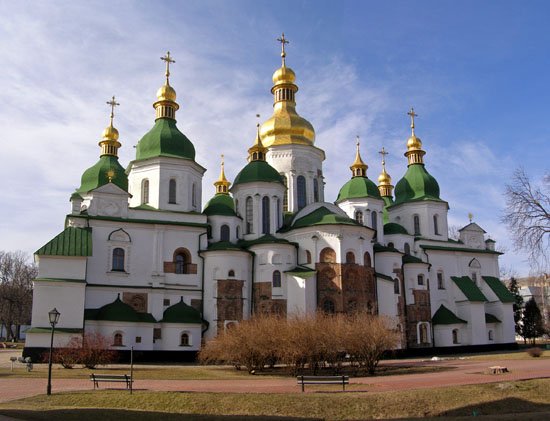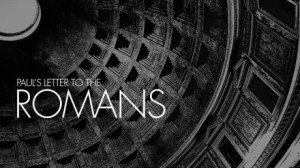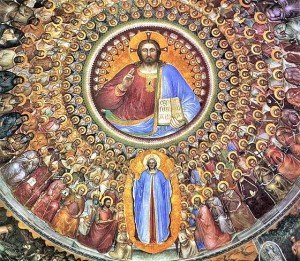We must realize that our call to holiness is, for us, a true call to be Christian, that is a follower of Jesus Christ. To be a follower of Jesus means to possess the attitudes that give expression to a certain way of living. To be a Christian means that a person must be prepared to become in a life centered around personal change and embracing the overarching goal of becoming ever more like Jesus Christ in thoughts, words and deeds.
In saying this I realize that people will immediately say that they can never be like Jesus, because He was also God. Jesus the man was just like us. The fact that He was also God did not change His human effort to grow, every day, more in the image and likeness of His Heavenly Father. We know from our Church that Jesus was completely and totally God and Man, which means that His God-nature did not dictate to his human-nature how to live and act. He, as a man, was challenged to make personal choices just as we must do. His choices were guided by prayer! We find that the Gospels repeatedly tell us that He went off to pray, especially after He had to deal with crowds of people all wanting something from Him or challenging Him. He found that prayer allowed Him to stay centered.
Think about it. If His God-nature ruled his human-nature, He would had not had any need to pray. He gained His strength to deal with the challenges of His life by integrating prayer into His life.
This provides some insight into how to lead life and respond to our call to holiness. Prayer is essential if we are to stay centered and not allow the worries, cares and anxieties that can come with life to keep us distracted from this call. I have found that many people feel that they don’t have a good prayer life and the process of praying outside the Divine Liturgy is difficult. I think that we too often have the wrong idea about prayer. There is a simple definition used for prayer which I highly subscribe to: Prayer is the lifting of one’s heart and mind to God. This definition allows prayer to be looking at a sunset and marveling how wonderful God is for having created such beauty to fill our lives. This definition does not specify the amount of time that has to be spent in just reflecting on God or articulating some prayer words, albeit I find that most of us can concentrate sufficiently to pray for help when we, or someone we love, is seriously challenged by one of life’s events (we can earnestly pray for the health of someone we love).
I believe that we must take a practical approach to prayer. Start out small – just taking time to periodically think about God and His creation, which includes you.



